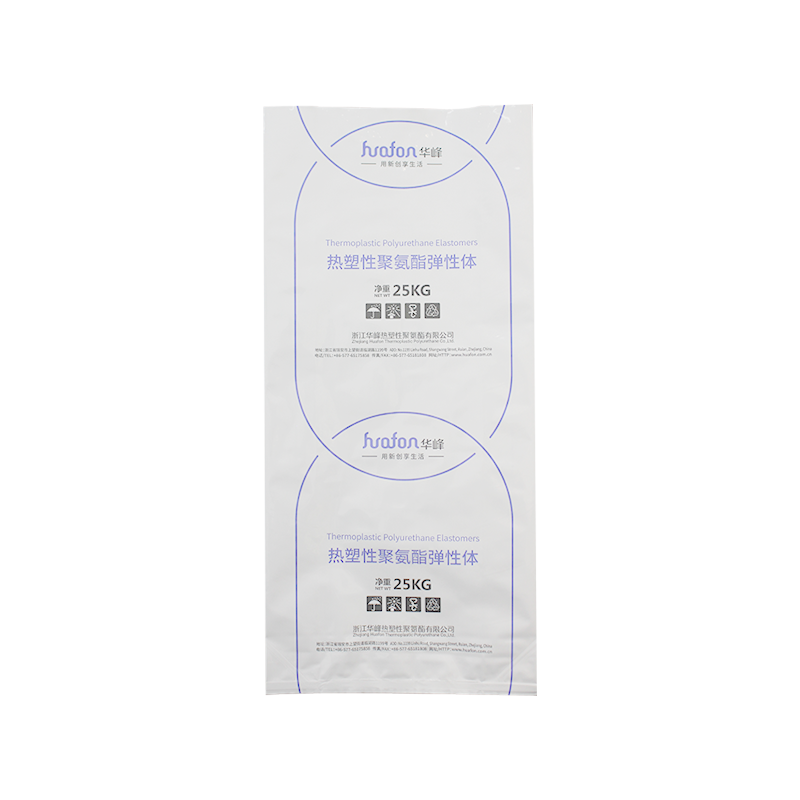
 2025.08.08
2025.08.08
 Industry News
Industry News
From snacks and dried foods to pharmaceuticals and industrial powders, shelf life has become a significant factor in how packaging solutions are evaluated. Among the many materials available, high barrier bags stand out for their ability to provide robust protection against moisture, oxygen, light, and other environmental elements that can compromise product integrity.
High barrier bags are made using multi-layered materials that serve distinct purposes. A common choice includes the use of aluminum foil layers, which create an effective barrier against light and air. These materials are especially valued in packaging environments where oxygen sensitivity is a concern. For instance, coffee beans, powdered supplements, and dehydrated meals often rely on this type of packaging to maintain flavor, aroma, and texture.

The role of the aluminum foil bag factory has been instrumental in supporting industries that depend on reliable packaging formats. These factories typically specialize in producing laminated pouches, flat-bottom bags, vacuum seal bags, and stand-up pouches that incorporate foil and plastic films. The combination ensures that the contents inside the bag remain protected from oxygen transmission and water vapor, both of which can cause rapid degradation in certain products.
One advantage of using high barrier bags lies in their customizable nature. Whether it’s for food items or electronic components, the structure of the bag can be tailored in terms of thickness, sealing style, valve options, and even reclosable zippers. This kind of versatility helps companies address very specific storage and transport conditions, all while maintaining the integrity of the product.
In food packaging, maintaining freshness goes beyond just keeping the product dry. Many food items are sensitive to UV light, oxidation, and microbial exposure. High barrier bags, particularly those using poly layers with aluminum foil interiors, prevent light penetration and help reduce spoilage rates. When used properly, this packaging solution significantly slows down the degradation process, giving products a longer market presence and reducing waste.
For pharmaceutical and chemical applications, contamination control is a critical concern. Powders and compounds stored in aluminum foil barrier bags are less likely to experience chemical reactions due to moisture or oxygen exposure. The sealed environment within the pouch ensures that temperature fluctuations and humidity changes have minimal impact on the contents, which is particularly important during international shipping or storage in variable climates.
From a manufacturing standpoint, aluminum foil bag factories play a key role in quality assurance. These factories adhere to strict standards for lamination adhesion, seal strength, and barrier performance. With the help of precision equipment and inspection systems, they ensure that every roll of material and finished pouch meets the packaging requirements of different industries. Many of these facilities also support low-MOQ customization, helping small and mid-sized businesses access high-performance packaging without overspending on inventory.
In addition to function, high barrier bags also offer opportunities for branding and consumer convenience. With flexible printing options, brands can showcase vibrant graphics, product information, and QR codes on the packaging surface. Resealable features such as zip locks or tear notches further improve user experience, making the product more attractive to modern consumers who value both practicality and presentation.
While the evolution of packaging continues to move toward eco-friendly solutions, high barrier bags are also adapting. Newer structures are being developed to maintain the barrier properties while using recyclable materials or biodegradable components. These changes reflect a shift in the industry, where performance and environmental responsibility are now being balanced more carefully.
In conclusion, high barrier bags have become a trusted solution across various sectors for extending shelf life and maintaining product quality. Whether it’s through aluminum foil pouches manufactured in specialized factories or multi-layer laminated bags tailored for specific use cases, this form of packaging has proven its value time and again. As global supply chains grow more complex and consumer expectations rise, the role of high barrier packaging will only become more significant in supporting product safety, stability, and sustainability.